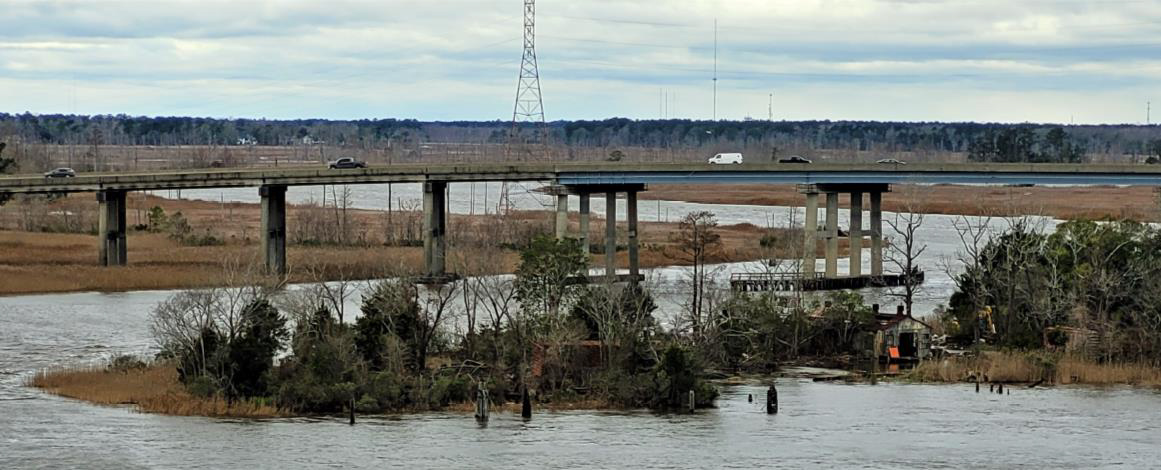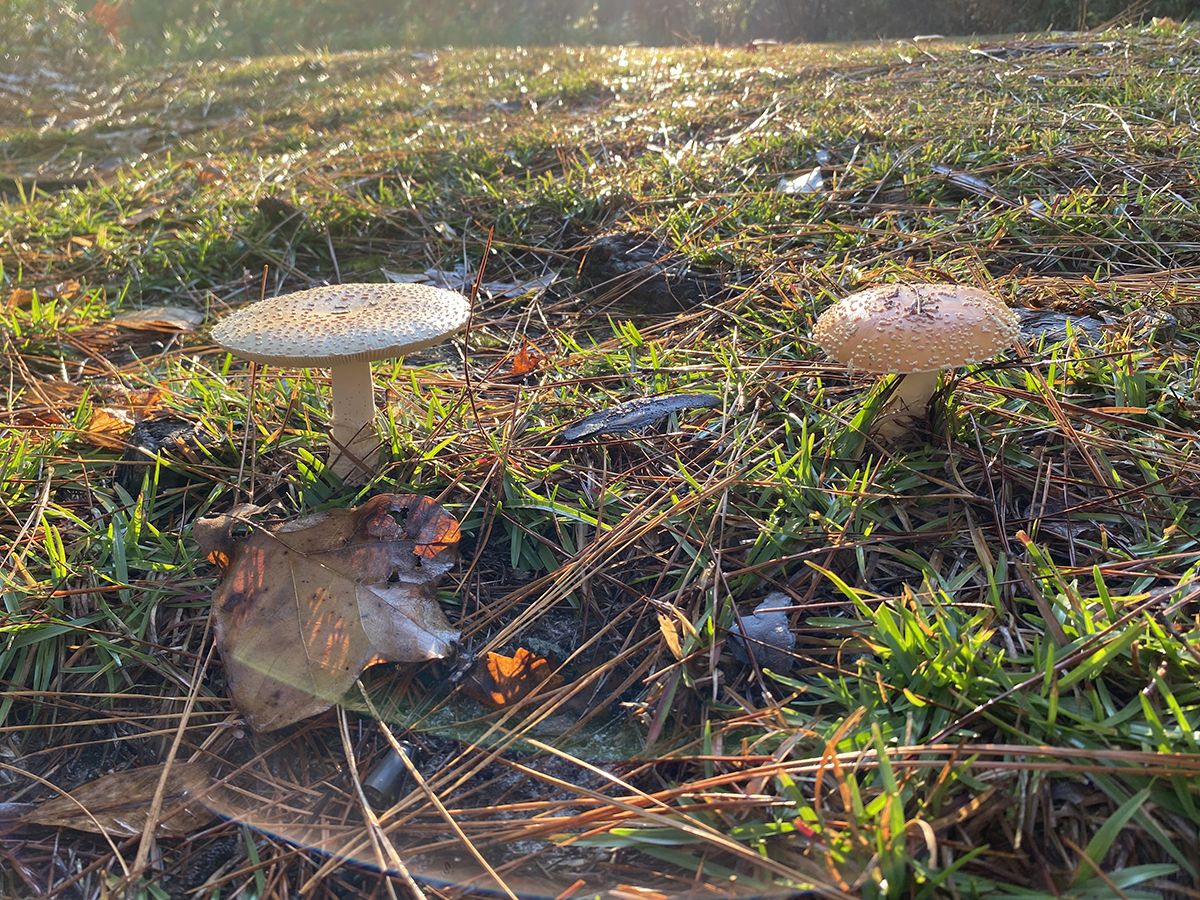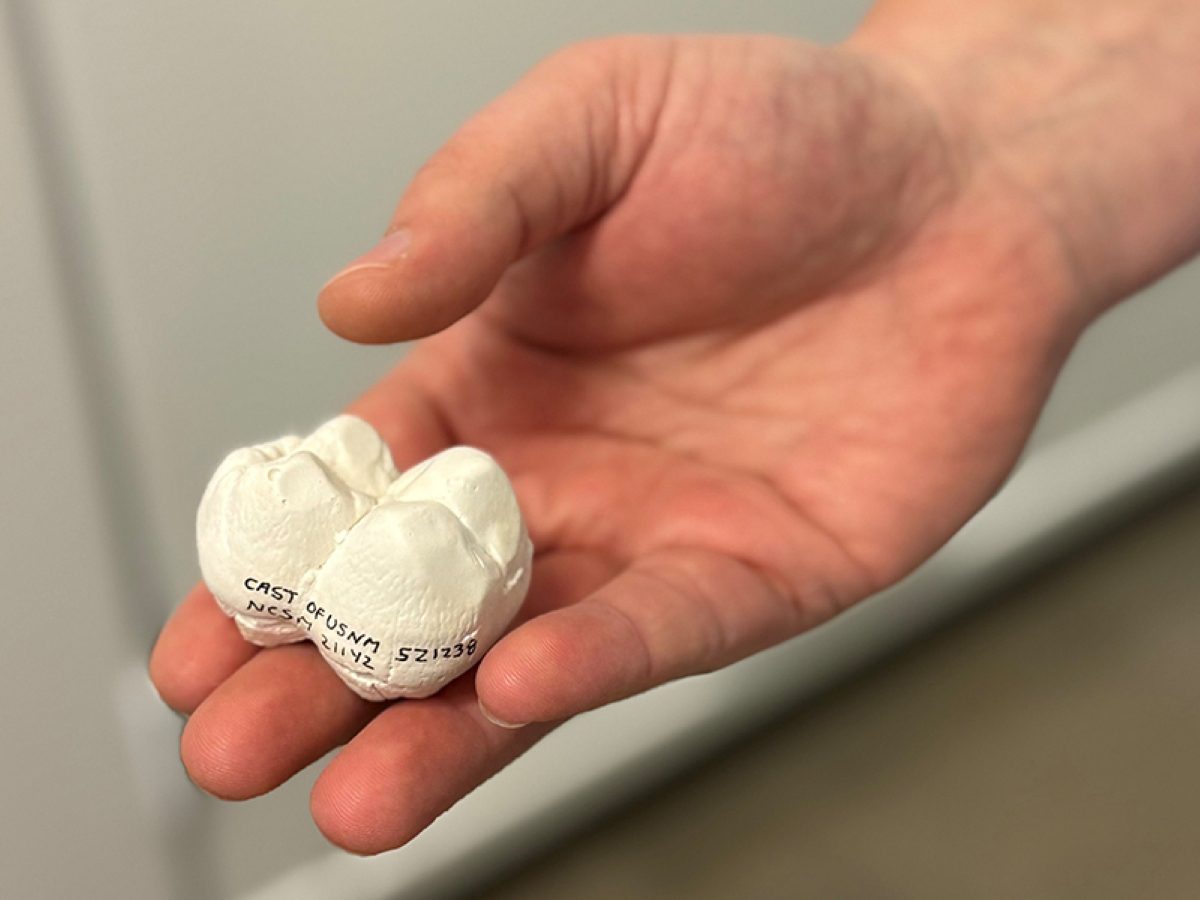
With massive canines that could gore and then gnash its prey, prehistoric hell pigs were fierce predators before they went extinct 20 million years ago.
The four-hooved entelodonts, the scientific name for the land mammal that looked like a giant hippo-pig hybrid, had a skull half the size of its body with a jaw that could open more than 90 degrees to chomp its game.
Supporter Spotlight
“We’re talking, maybe 6 feet at the shoulder, closing in on 2,000 pounds, a massive head with these weird projections that made the skull look even more crazy,” Raleigh-based paleontologist Sean Moran told Coastal Review.
The hell pig, which isn’t a pig at all but is related to the hippo, is one of a dozen “exceedingly rare” early Miocene land mammal fossils recovered over the last several decades from a commercially owned rock quarry just outside Maysville, where Jones and Onslow counties meet.
These fossils help fill in the gaps of early Miocene biogeography, or how the animals were distributed across the Earth roughly 23 to 16 million years ago, according to a recent Cambridge University Press study.
“The Early Miocene is of great importance to understand the macroevolution and distribution of land mammals in North America. It marks the origins and major adaptive radiations of many modern families of mammals, and considerable faunal dispersal coinciding with global sea-level changes,” explains the paper titled, “Early Miocene land mammals and chronology of the Belgrade Formation, eastern North Carolina.”
Moran is an author of the paper and has been the paleontology and geology collections manager for the North Carolina Museum of Natural Sciences in Raleigh since 2021.
Supporter Spotlight
The study looks at around 25 years’ worth of fossils collected from the Belgrade Formation, “where we only have a few dozen fossils of land mammals,” Moran said. He described the Belgrade Formation as a single, fairly thin stratigraphic, or rock, layer in Jones County and the vicinity.
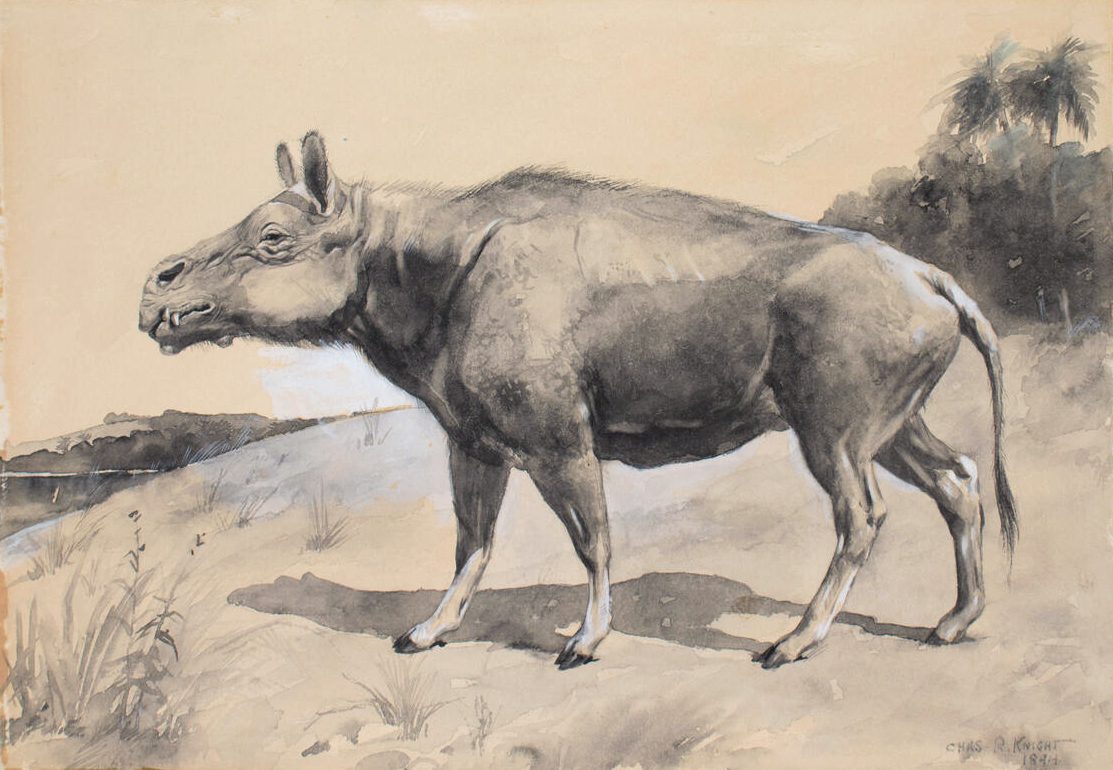
The land mammal fossils found in Maysville “of this age are rare in eastern North America, north of Florida,” but similar fossils are found in abundance in Texas, Florida and Nebraska, the study says. “As such, the recovery of a small but biochronologically diagnostic assemblage of land mammals from (the Maysville quarry) makes it an important contribution to understand Early Miocene biogeography.”
A biochronologically diagnostic assemblage means that the group of fossils found together in the same rock layer indicate a specific geological time period. In this case, the late Oligocene or early Miocene, about 17 to 21 million years ago.
The fossils recovered from the Belgrade Formation are of “added importance” because land and marine animals are embedded in the same rock layer “which are likewise rare during this time in North America.”
Though there’s only been around three decades of collecting on and off in the Belgrade Formation, that “gets our hopes up that when we start looking more closely and collecting more diligently, that we might be able to build out a much greater fauna list of what might be there,” Moran said.
The discovery of the hell pig molar is surprising because hell pigs are “pretty rare in most places,” Moran explained in an interview.

The museum collection that Moran oversees includes a cast of that hell pig molar found around 15 years ago, which was donated to the Smithsonian, “but that’s representative of the whole group being here at that period of time when the sediments were deposited,” Moran said.
The first hell pigs appeared in southern Asia about 40 million years ago, and are in a family called Entelodontidae. Their population spread across the rest of Asia and into Europe before eventually migrating into North America about 36 million years ago, Moran explained.
When he’s out doing field work in Nebraska, where he’s been since early last week, Moran said he expects to see fossils of much earlier versions of the hell pigs that are considerably smaller, a little more diverse, and consisted of a few more species. Whereas, the hell pigs that were in coastal North Carolina were “sort of the end of the lineage. It’s only a couple million years before we know it goes extinct.”
Moran said researchers are “pretty sure” hell pigs are omnivorous, given the shape of their teeth, and may have been predators within their ecosystem. The bulbous teeth indicate that they may be eating nuts and fruit and occasionally meat.
“Their teeth are large enough and are robust enough that they certainly could have,” Moran said. “They’re pretty wild animals. We’re still trying to figure out where they fit in the evolutionary tree.”
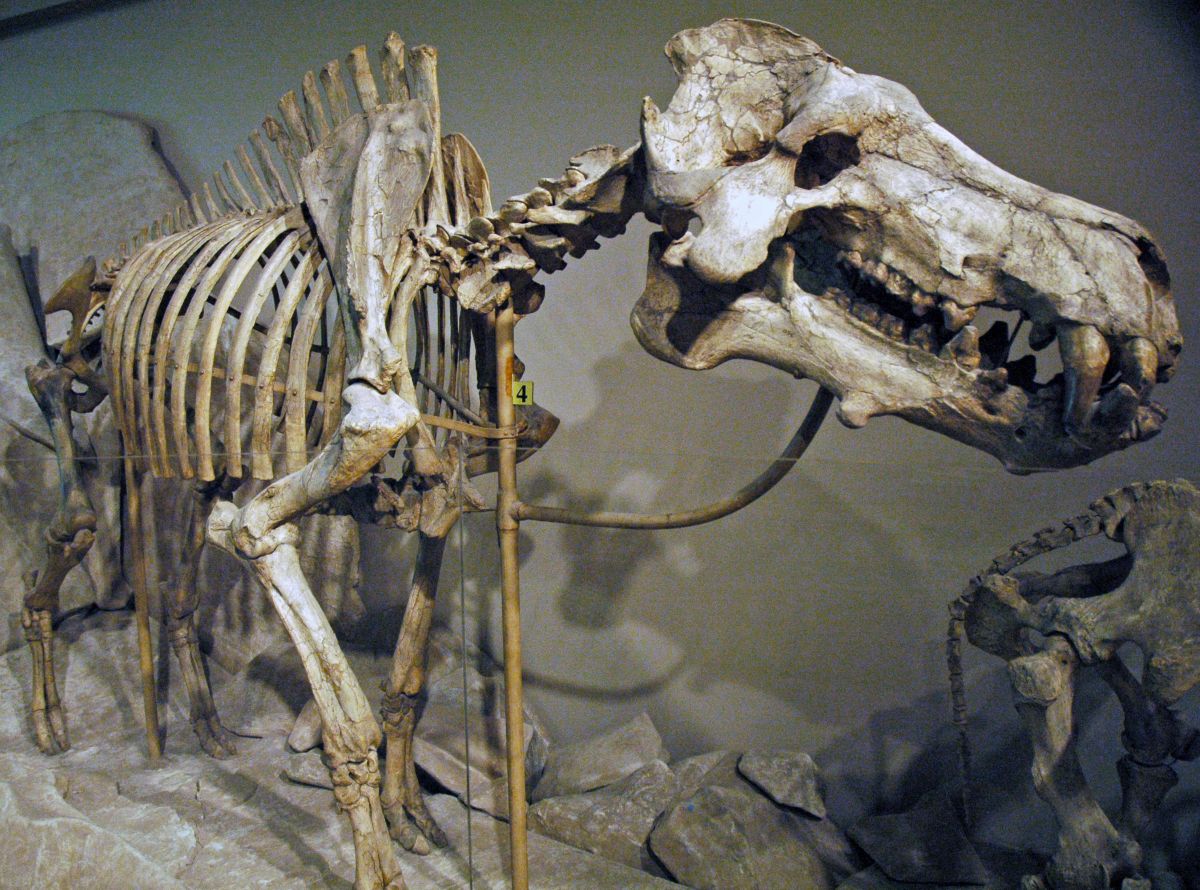
Other mammals noted in the paper are rhinos, which Moran said are fairly common in the North American fossil record, until they went extinct somewhere between 3.5 to 5 million years ago, and two different species of horse.
He explained that while the Spanish did bring horses to North America, the very first species of horse was on the continent millions of years ago.
“So, around 55 million years ago, we see the first species of horse in what is now Wyoming, and we have a great fossil record of horses all the way from 55 million years ago to 10,000 years ago, give or take, at the end of the ice ages,” Moran said. “Of course, only 500 years ago or so, they were brought back by the Spanish. But we have a really diverse fossil record of horses here in North Carolina.”
There’s a small weasel-like animal, and an animal called the protoceratid, which is deer-like, but not a true deer.
“I think one of the most interesting things that we have is a red panda, which is pretty unusual for North America. There are only a few places where they’ve been documented, especially this far back in time,” he said. “So they are diagnostic of the period of time we’re looking at when they were first found in Nebraska; that’s about the same age as what we’re seeing in Belgrade.”
Moran said it’s the nature of the climate on the East Coast that makes it rare to find these land mammal fossils.
“The eastern part of the U.S. is just much more humid and wet, so we can’t rely on the elements,” like in the western part of the country where there’s not enough rain to sustain heavy plant growth, and rock is exposed, Moran said.
In North Carolina, “you have to rely on rivers to cut through rocks of the right age that you’re interested in,” Moran said, or rely on development projects to cut into the rock and hope that you get access during development.
“One of the ways that we are reliably able to see these units is through quarries,” where the paleontologists do much of their work because the work to mine rock requires “cutting through stratigraphic records of sedimentary rock in the eastern part of the state.”
And, “Beaches are a great place for people to find fossils all throughout North Carolina, but the reality is, if we lived in a place where rock was exposed like in Nebraska, this likely would have been a fauna that was already well-known,” he explained. But, the fairly recent mining activities “allows us to see this as a new frontier for understanding the land mammals and land mammal evolution in the state,” he said.
Moran has been in Nebraska the past few weeks conducting field work with the museum’s paleontology crew, which travels each summer to search for new fossils.
Each week, one of the paleontologists hosts a “Dino Dig Live” talk, where the scientists call in to answer questions. Moran is scheduled to call in from the field site at noon Thursday. The talk will be streamed on YouTube.
The last talk for the summer is Saturday, Aug. 16, with SECU DinoLab Manager Eric Lund calling in from a field site in Montana, also available on YouTube.





